Hair loss in greyhounds: causes, diagnosis and measures
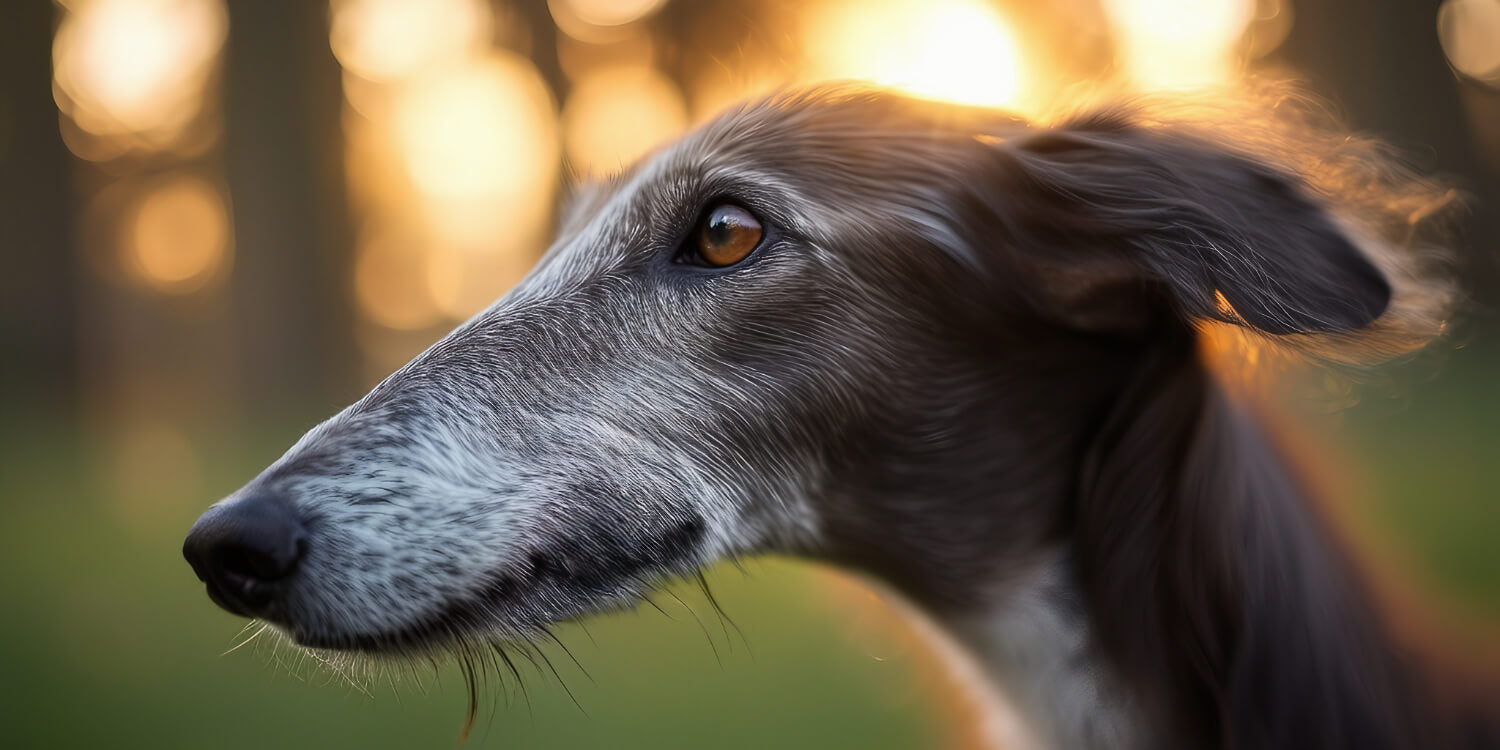
Hair loss in greyhounds can be troubling and raise many questions. Why is your faithful companion suddenly losing his beautiful coat? Is it a sign of a serious condition or just a harmless phase? In this article, we'll explore the most common causes of hair loss in greyhounds, from genetic factors to environmental conditions. You'll learn how to identify this problem early and what treatment options are available. Stay tuned to find out how you can help your greyhound keep his coat healthy and shiny.
Causes of fur loss in greyhounds
Genetic factors
Hair loss in greyhounds can be caused by various genetic factors. Bald Thigh Syndrome (BTS) is a common genetic condition commonly found in greyhounds and other sighthounds. This genetic disorder results in symmetrical hair loss, particularly on the hind legs. Here are some key points:
-
Hereditary predisposition : Some greyhounds have a genetic predisposition to BTS. This predisposition is often passed down from generation to generation.
-
Hormonal influences : Hormonal imbalances, particularly an overproduction of cortisol, can lead to hair loss. These hormonal changes affect the hair follicles, leading to their weakening.
-
Adrenaline and stress : Racing dogs often experience high levels of stress and adrenaline, which can impair thyroid function. Reduced thyroid activity leads to hair loss.
-
Breed-specific characteristics : Due to their breeding history and body type, greyhounds have specific characteristics that make them more prone to certain skin and coat problems.
- Cyclical hair change: Some Greyhounds have a thin coat and no undercoat. The seasonal molt cycle takes about four to six weeks until the entire coat is regenerated.
These genetic factors are often unavoidable, but with appropriate care and stress reduction, you can improve your greyhound's well-being and potentially reduce coat loss. Regular veterinary checkups are important for early intervention.
Hormonal imbalances
Hormonal imbalances are a common cause of hair loss in greyhounds. Hormonal problems can be triggered by various factors and significantly impact the health of your dog's skin and coat. Here are some important and possible points to consider:
-
Hypothyroidism : One of the most common hormonal disorders in dogs. In hypothyroidism, the thyroid gland does not produce enough hormones, leading to symptoms such as coat loss, weight gain, and lethargy. This can be particularly noticeable in greyhounds, as they are naturally supposed to have a lean and active appearance.
-
Overproduction of cortisol : Also known as Cushing's syndrome , excessive cortisol production leads to various symptoms, including hair loss, thinning skin, and an increase in abdominal girth. Stress and intense physical activity, such as those common in racing dogs, can promote this hormone release.
-
Adrenal problems : Impairments in the function of the adrenal glands can also cause hormonal imbalances. These glands produce hormones that regulate metabolism, the immune system, and blood pressure.
Hormonal imbalances require careful diagnosis and treatment by a veterinarian. Regular health checkups can ensure that hormonal problems are detected and treated early to minimize hair loss and improve your greyhound's overall health.
Environmental factors
Environmental factors can significantly contribute to coat loss in greyhounds. These external influences can alter coat structure and density. Here are some key points:
-
Climate and weather conditions : Fluctuating temperatures, both hot and cold, can stress your greyhound's skin and coat. Cold can lead to dry skin and brittle fur, while heat can irritate the skin and increase hair loss. Sun exposure can cause sunburn and other skin irritations in greyhounds with thinner coats. However, natural shedding is biologically determined.
-
Home environment : Dry indoor air, such as from heaters in winter, can dry out the skin and cause itching, which can lead to hair loss. Household chemicals such as cleaning products or detergents can also trigger skin irritation and allergic reactions.
-
Parasite infestation : Fleas, mites, and lice are common parasites that can cause skin problems and hair loss. Regular checkups and preventative treatments are important to prevent infestations.
-
Stress and anxiety : Stress can affect your dog's skin health and promote hair loss. Changes in the environment, loud noises, or new pets can cause stress, which in turn affects hormone levels.
To minimize the effects of these environmental factors, you should carefully monitor your greyhound's daily routine. Maintaining adequate skin hydration, protecting your greyhound from extreme weather conditions, and conducting regular parasite checks can help reduce coat loss and improve your greyhound's well-being.

Diagnosis of coat problems
Clinical investigations
If coat problems are suspected in your greyhound, clinical examinations are essential. Your veterinarian will first perform a thorough physical examination to evaluate your dog's overall health. Blood tests can help identify hormonal imbalances, such as hypothyroidism. Skin biopsies or skin scrapings are used to test for parasites, fungal infections, or bacterial infections. Sometimes allergy testing is also necessary to rule out environmental allergens or food allergies. These comprehensive examinations are crucial to determining the exact cause of coat loss and ensuring the best treatment for your greyhound.
Common misunderstandings
There are some common misconceptions when diagnosing coat problems that can lead to incorrect treatments. A common misconception is that all coat loss is due to thyroid problems . While hypothyroidism can be a cause, not all cases of coat loss are related to it. Another misconception is the assumption that coat loss is always due to parasites such as fleas or mites. Although parasites often play a role, hormonal imbalances and environmental factors can also be causes. Self-diagnosis and inappropriate treatment without veterinary advice can worsen the problem. It is therefore important to get an accurate diagnosis from a veterinarian. Please bear in mind, however, that very often genetic factors can also lead to problems. This is also more common in greyhounds with blue coats.
Treatment options
Drug therapies
There are various drug therapies for treating hair loss in greyhounds, depending on the underlying cause. Here are some options:
-
Hormone treatments : If hypothyroidism is diagnosed, synthetic thyroxine may be prescribed to balance hormone levels and promote hair growth.
-
Antiparasitics : For parasitic infections, such as fleas or mites, antiparasitic drugs such as ivermectin or selamectin are effective.
-
Antibiotics and antifungals : For bacterial or fungal infections of the skin, antibiotic or antifungal medications may be necessary.
-
Corticosteroids : In inflammatory skin conditions, corticosteroids can be used to reduce inflammation and improve your dog's well-being.
It is important that you consult your veterinarian to make the correct diagnosis and find the right treatment for your greyhound.
Natural and supportive treatments
In addition to drug therapies, there are also natural and supportive treatments that can help with hair loss. Here are some options:
-
Dietary changes : A balanced diet with high-quality proteins (possibly from only one protein source - e.g. only chicken, only horse or only ostrich) and essential fatty acids can improve skin and coat health.
-
Dietary supplements : Omega-3 and Omega-6 fatty acids , biotin and zinc can promote hair growth and support skin health.
-
Skin care products : Natural shampoos and conditioners with aloe vera or oat extract can soothe skin irritations and care for the coat.
-
Stress reduction : Stress reduction measures such as regular exercise, mental stimulation and a calm environment can promote your greyhound's overall well-being and counteract coat loss.
-
Gentle massages : Regular massages in the direction of hair growth can improve blood circulation in the skin and thus support hair growth.
Consult your veterinarian to ensure that these natural approaches are supportive and appropriate for your greyhound and will produce the best results.

Preventive measures
Care and Management
Good grooming and effective management are crucial to preventing shedding in your greyhound. Regular brushing removes loose hair and promotes blood circulation to the skin, which supports hair growth. Use natural shampoos specifically formulated for dogs to avoid skin irritation. Maintain a balanced diet and adequate hydration to keep the skin healthy.
-
Regular grooming : Brush your greyhound’s coat at least once a week (long-haired greyhounds).
-
Skin care products : Use mild shampoos or oils with natural ingredients.
-
Environmental conditions : Protect your greyhound's bald patches from strong sunlight in summer and his body from harsh and cold temperatures in winter.
For detailed information on caring for your greyhound, please see our blog article " Greyhound Care ." Here you'll find comprehensive tips and tricks to optimally support your dog's skin and coat health.
Lifestyle adjustment
Lifestyle adjustments can go a long way toward preventing shedding in your greyhound. Make sure to provide your dog with a stress-free and stable environment. Regular exercise and mental stimulation are important for reducing stress and promoting overall health.
-
Stress reduction : Create a calm and safe environment, especially during stressful times like New Year's Eve. For more information, see our blog article " Why New Year's Eve is stressful for greyhounds? "
-
Regular exercise : Daily walks and playtimes help reduce your dog's stress levels and stimulate him physically and mentally.
-
Proper nutrition : A balanced diet supports not only general health, but also skin and coat health. High-quality fats can contribute positively to keeping the coat healthy and shiny.
By following these steps, you can improve your greyhound's quality of life and help effectively prevent coat loss.

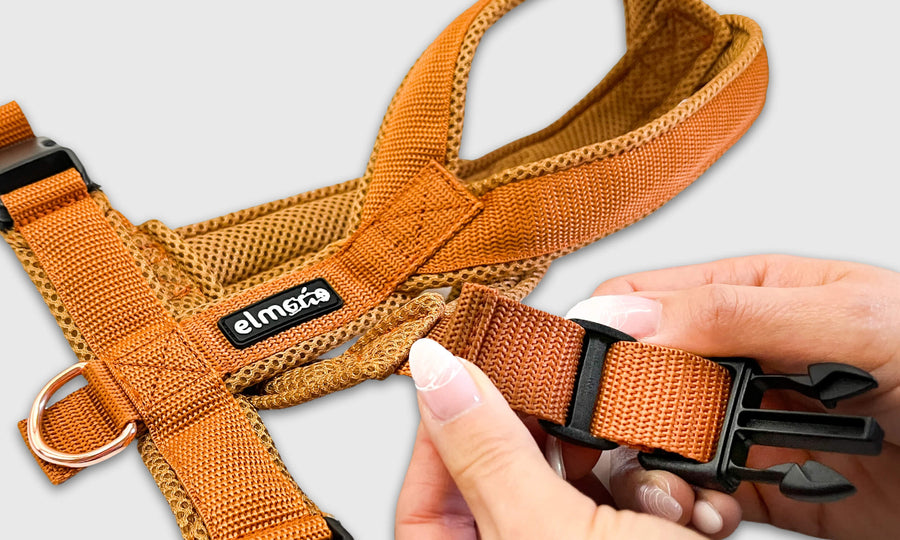
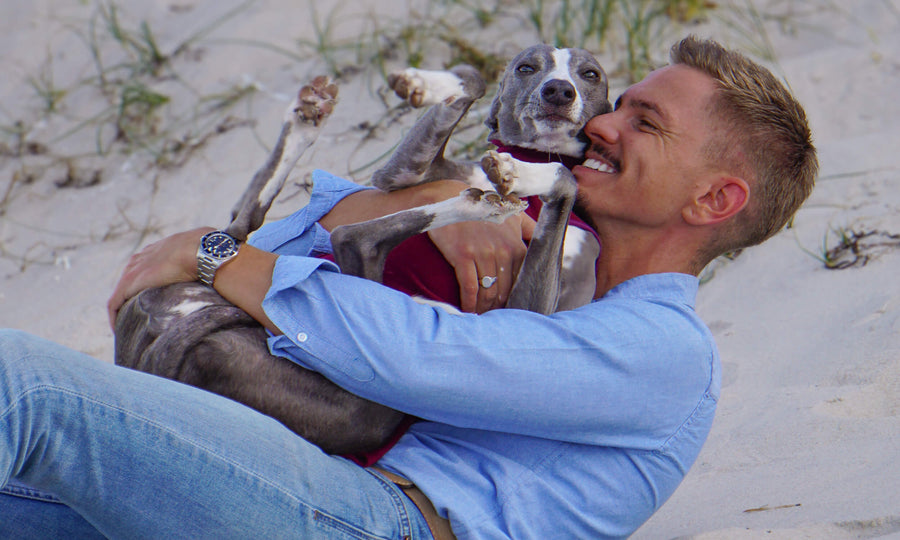





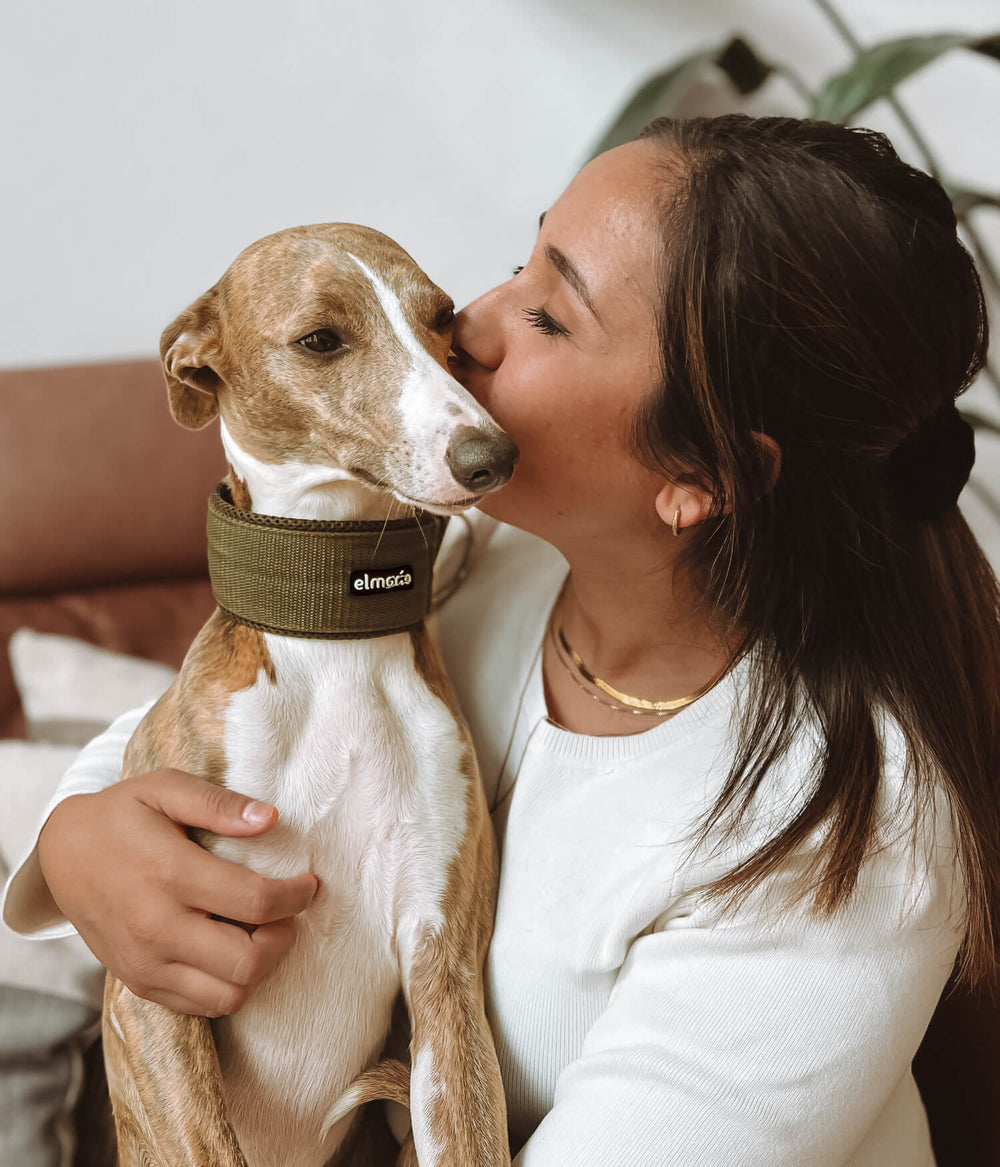
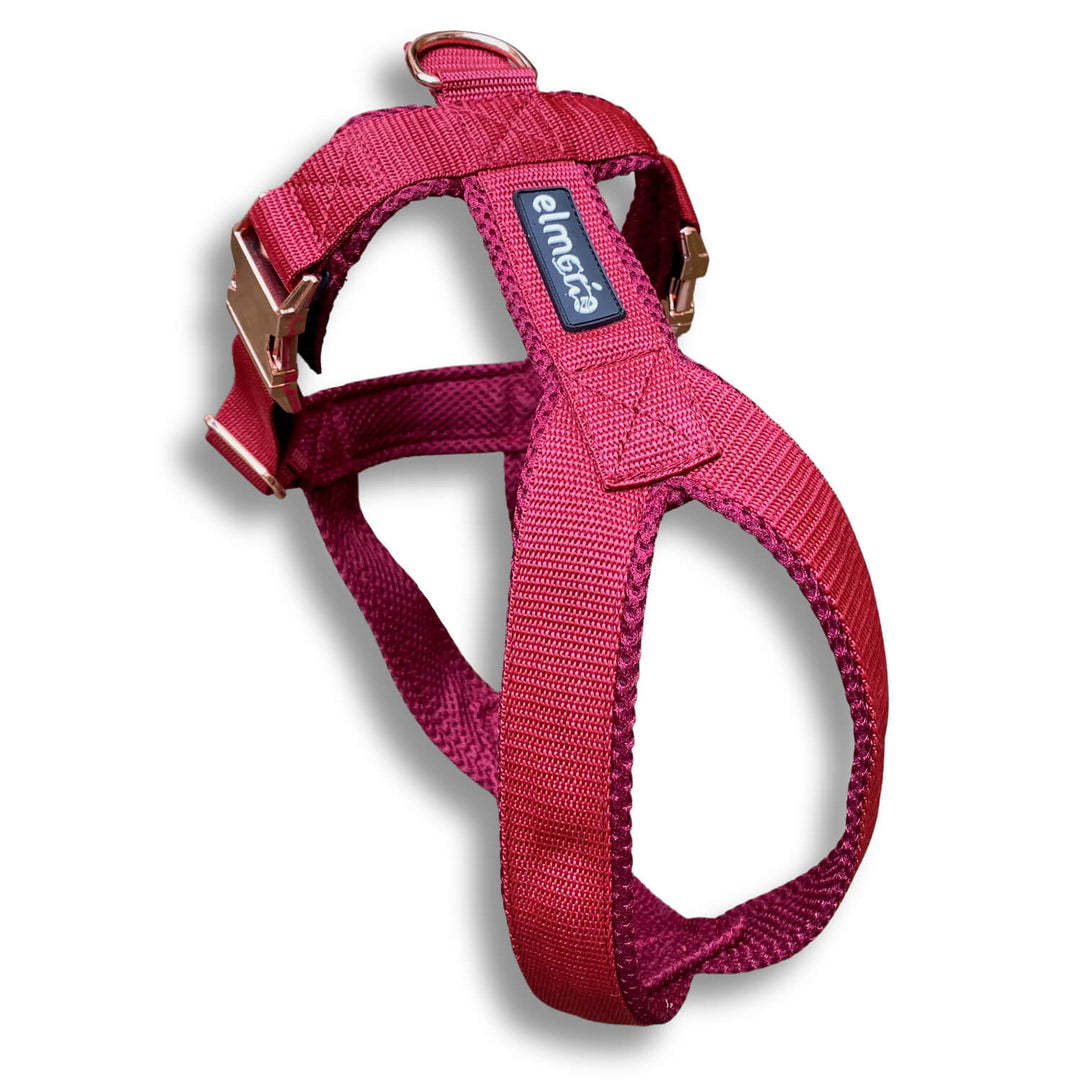
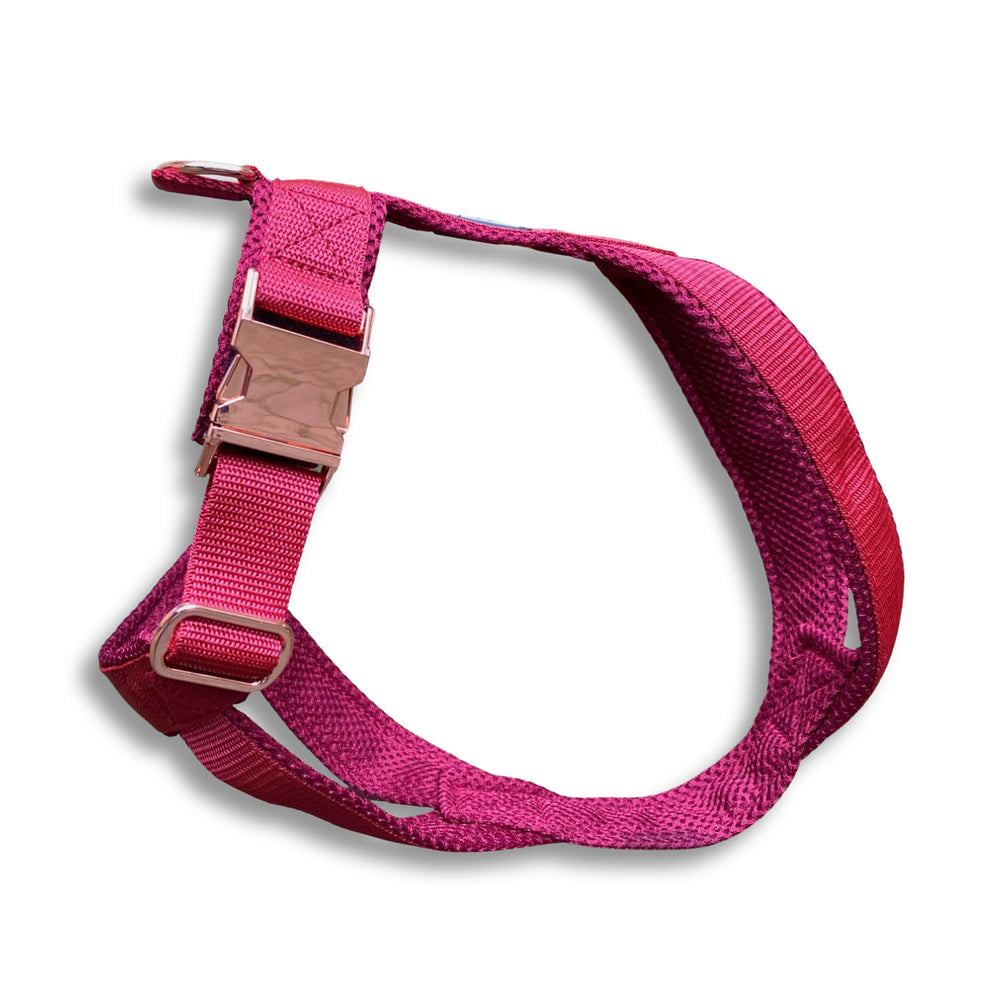
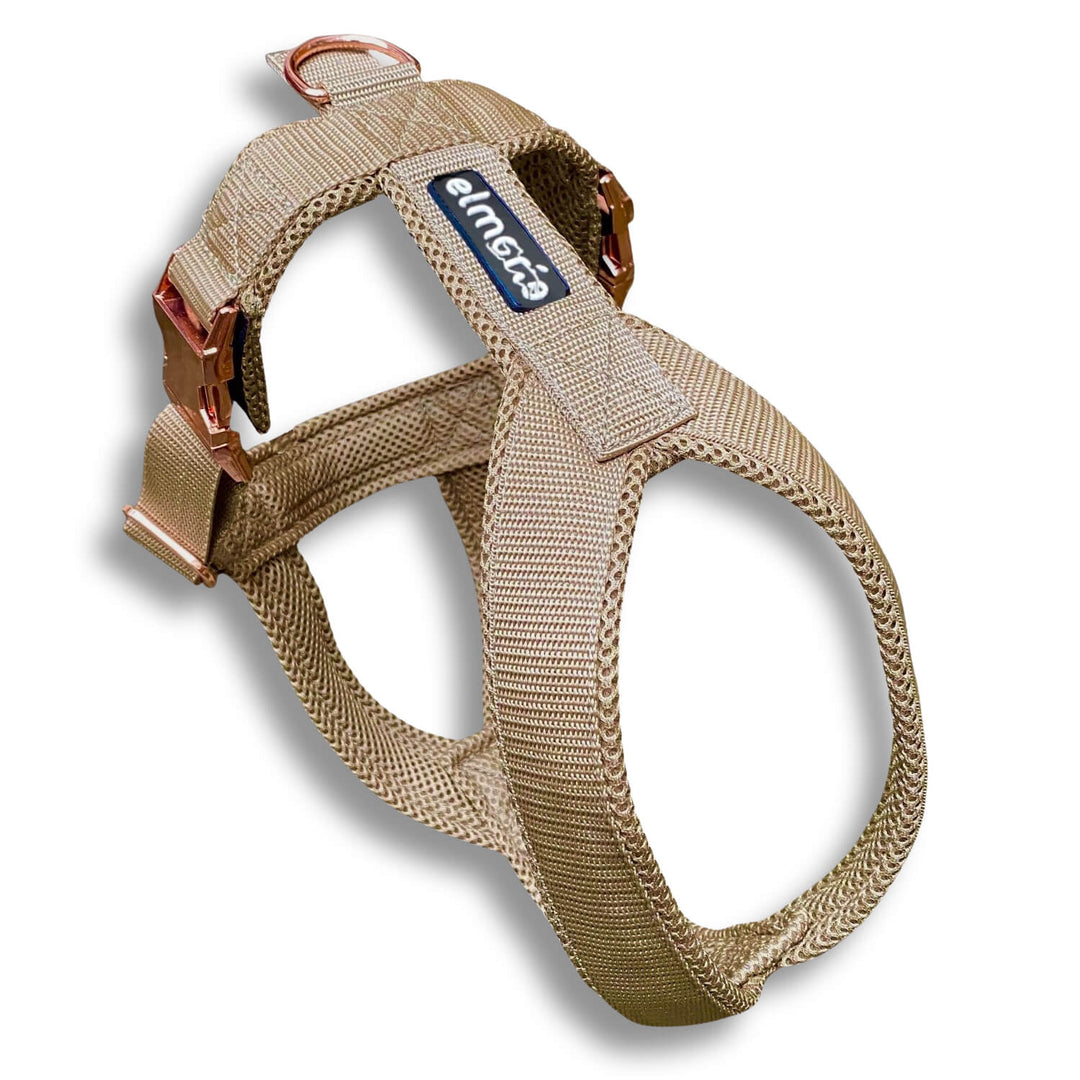
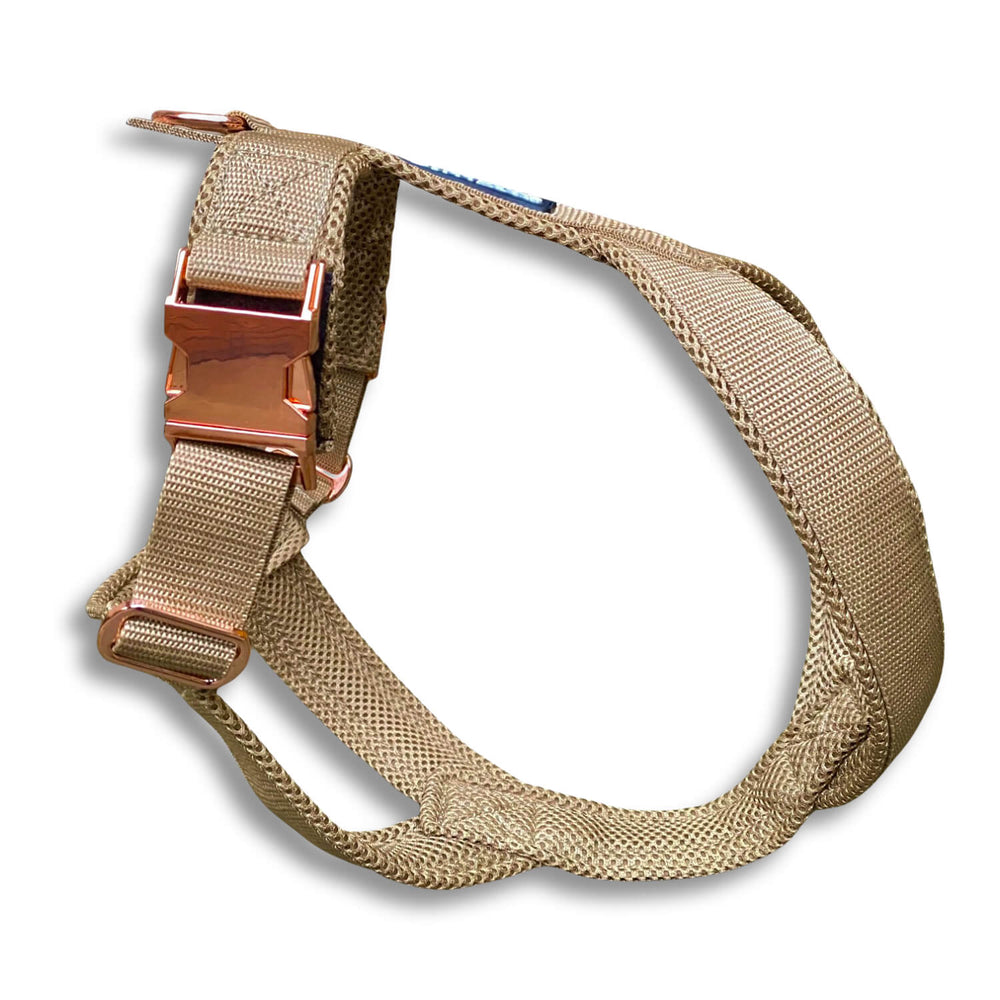
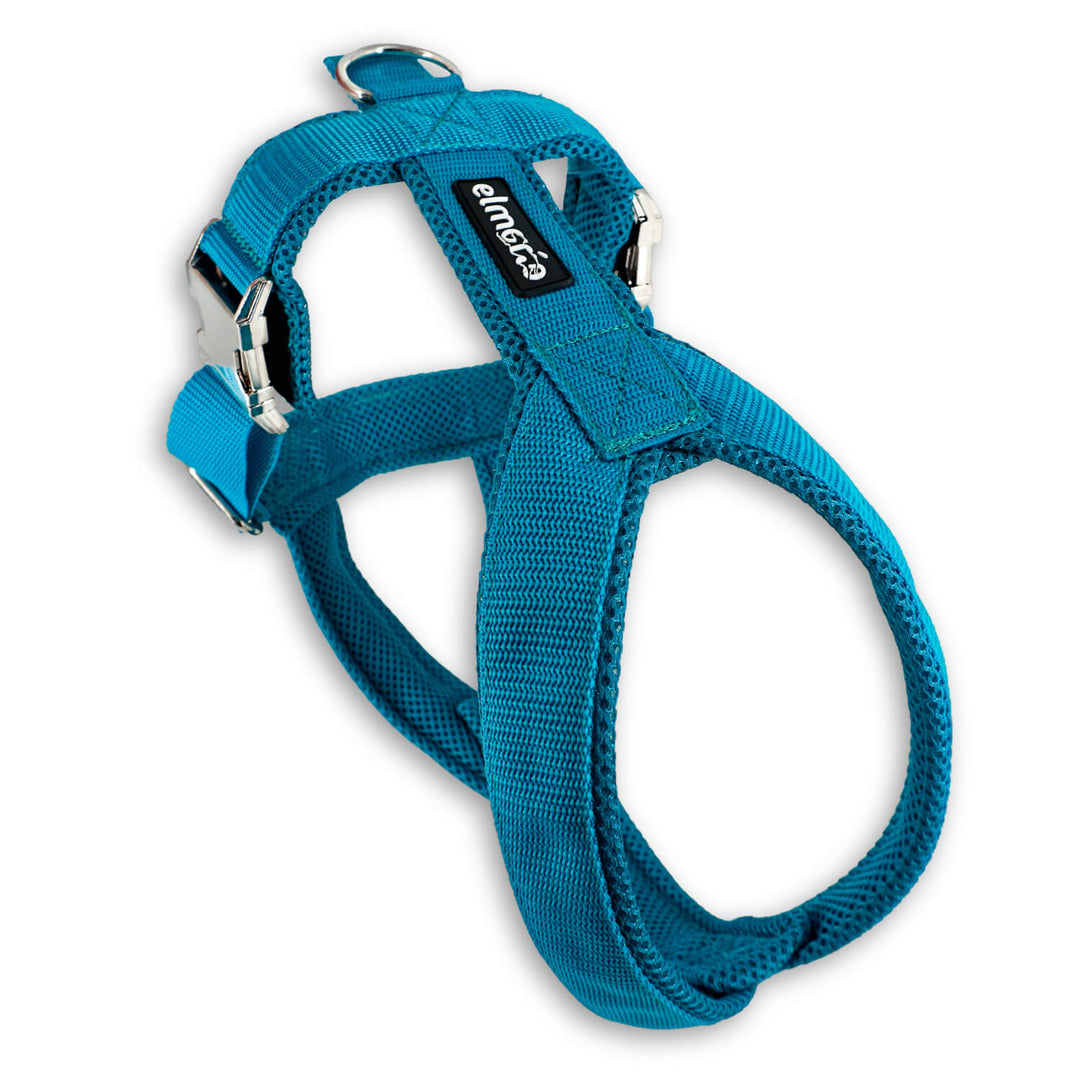
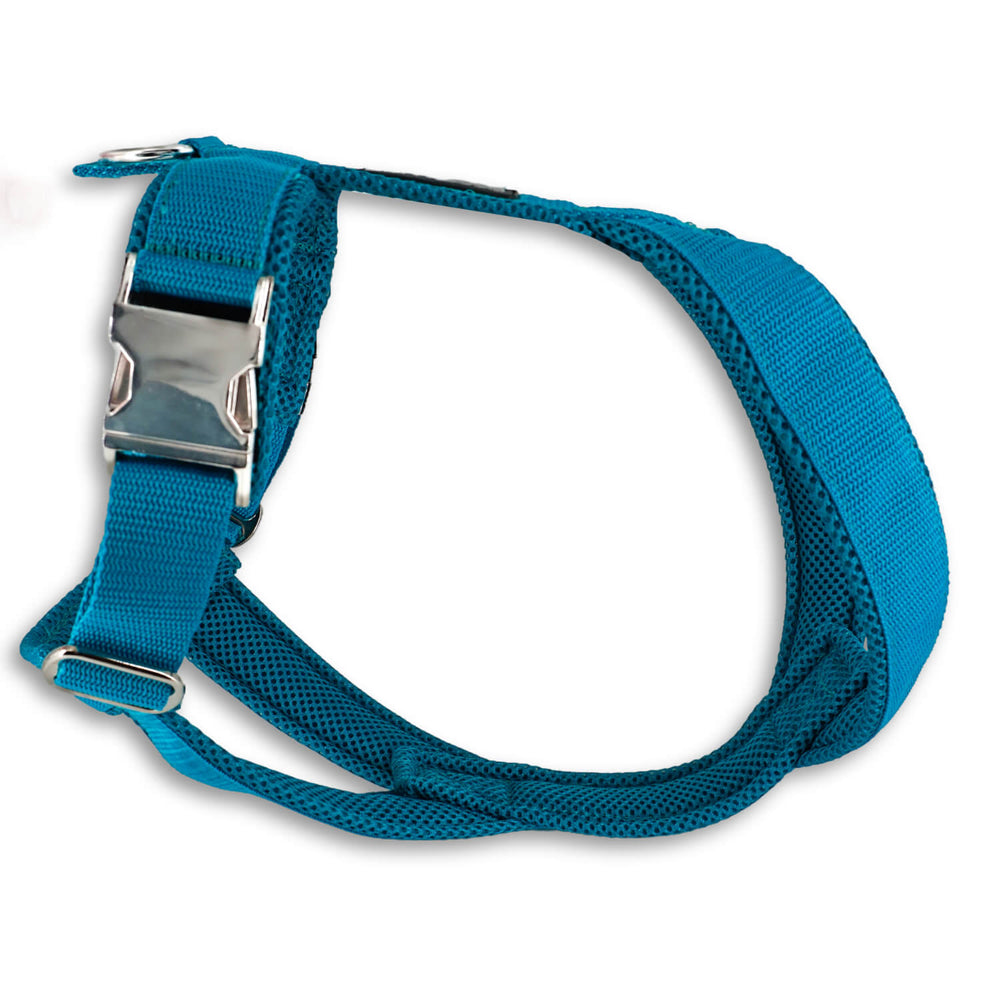
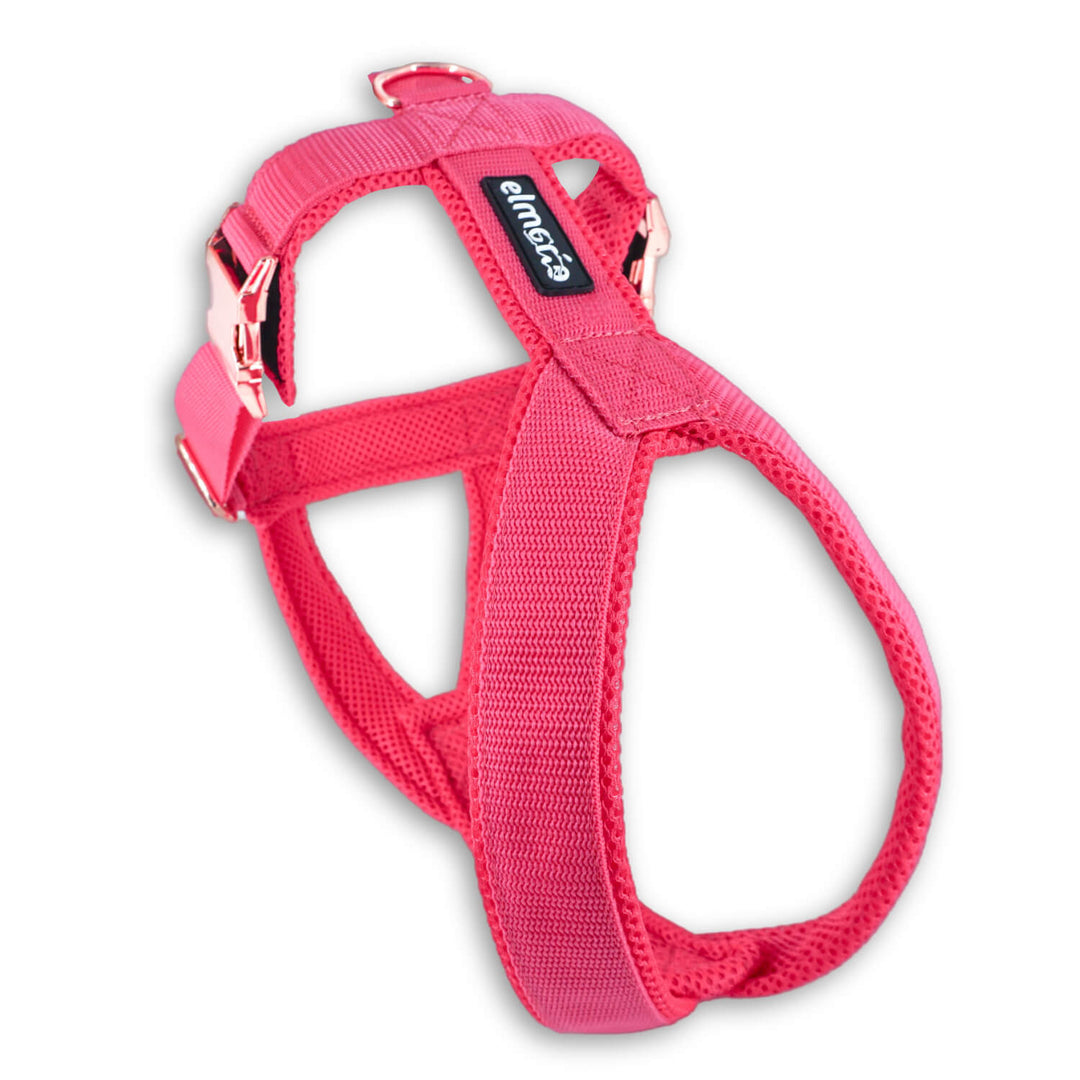
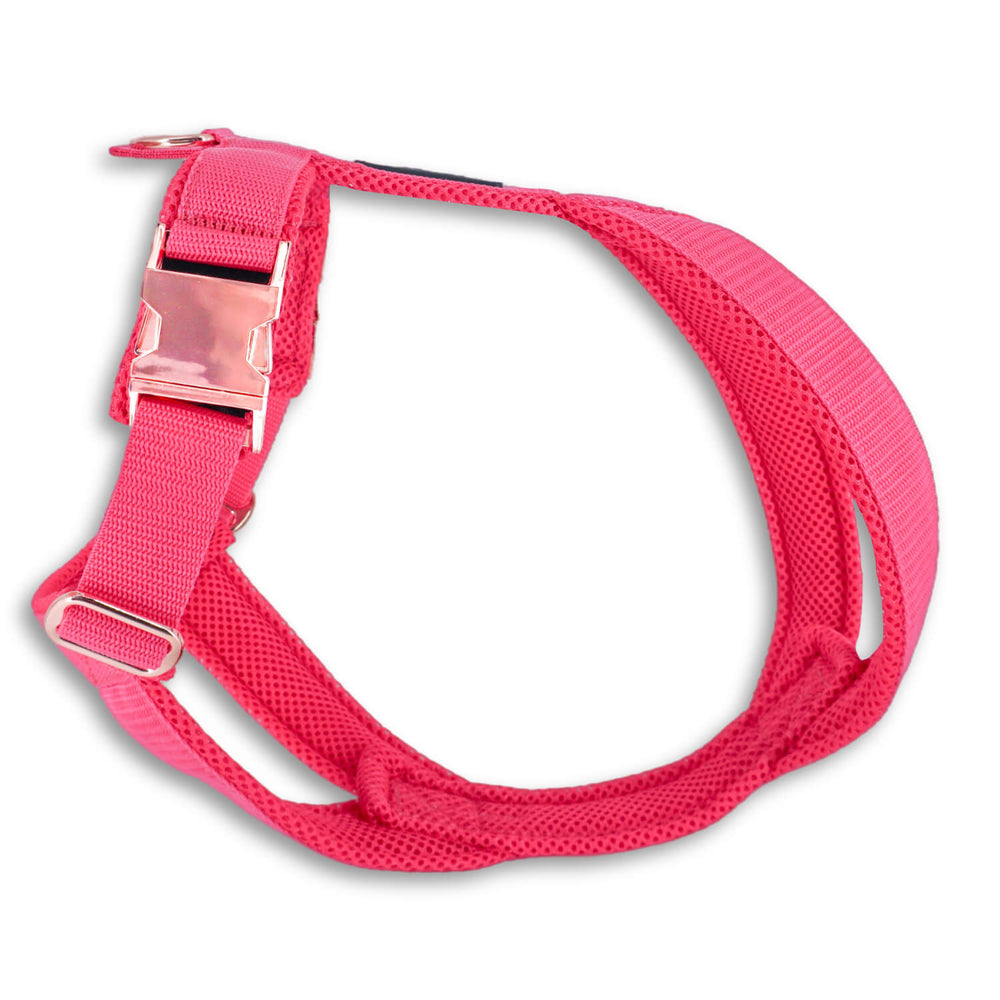
Leave a comment